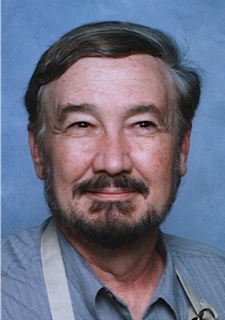The wireless charging receiver market grew more than 160% in 2015 over the previous year, as annual global shipments reached 144 million units.
Integrated receivers hit mainstream devices, and refinements to system design and diversification for various applications and power ratings is now driving the development of the technology. Annual shipment volume is expected to top one billion units by 2020 and two billion by 2025, according to IHS (www.ihs.com), a source of critical information and insight.
The mobile phone market remains the dominant force in overall shipments, led by the Samsung Galaxy smartphone series, which comes equipped with dual-mode Qi and Power-Matters-Alliance- (PMA-) certified low-frequency charging retained for this year’s S7 model. IHS forecasts that 10% of smartphones shipped this year will be capable of wireless charging.
Meanwhile wearables are already the second largest wireless-charging device category, driven by Apple Watch, Samsung Gear S2 and other popular products. The first high-frequency magnetic resonant receivers are also expected to launch in laptop computers in 2016, as adoption grows across the gamut of device types.
“Device developments and product launches in 2015 helped increase consumer awareness of wireless charging and consumers who have tried it are strongly positive about the experience,” said David Green, research manager for wireless power, IHS Technology. “Once demand is high, manufacturers will find it easier to justify the cost of including it in their devices; however, each application presents its own unique challenges when it comes to cost, form factor and packaging. All wireless charging systems face the challenge of certification, but particularly those with higher power ratings or greater distance from the charger.”
While in the past manufacturers had to force the initial adoption of wireless charging onto the industry, that is no longer the case, as commoditization is already starting to occur for these systems in mobile phones. In 2016 there will be a change in phase for the market and the various new technologies available – moving from the emerging proof-of-concept phase to a more mature product-diversification phase.
Shipments of wireless charging receivers to date were nearly all 5 Watt (W) Qi- or PMA-certified low-frequency systems that typically rely on a charging pad; however, less than half of all receivers sold in 2020 will fall into this category. Diversification also exists with the variety of standards available to both manufacturers and consumers, which has slowed adoption in some areas.
Even the merging of PMA and the Alliance for Wireless Power (A4WP) to form the AirFuel Alliance last year doesn’t yet simplify the standards battle, since the two specifications are not interoperable. The potential adoption of wireless charging by Apple iPhone could also introduce another – as yet unknown — proprietary technology.
“Mainstream commercial launches of uncoupled-technology offerings from companies such as Energous, Ossia, Humavox and uBeam would add further diversification to the market too, although most likely will not occur before 2017 at the earliest,” Green said. “The wireless charging industry is now focused on building out their product offering to manufacturers in 2016, offering everything from low to high power, low-frequency to high-frequency, and a variety of multi-mode systems that provide interoperability, too. It’s going to be very application-specific, as to which solutions are chosen – whether it’s medium power and multi-frequency for mobile phones or low-power and single-frequency for wearables.”
The IHS report is based on more than 50 interviews from across the value chain, from semiconductors to manufacturers and infrastructure providers.


